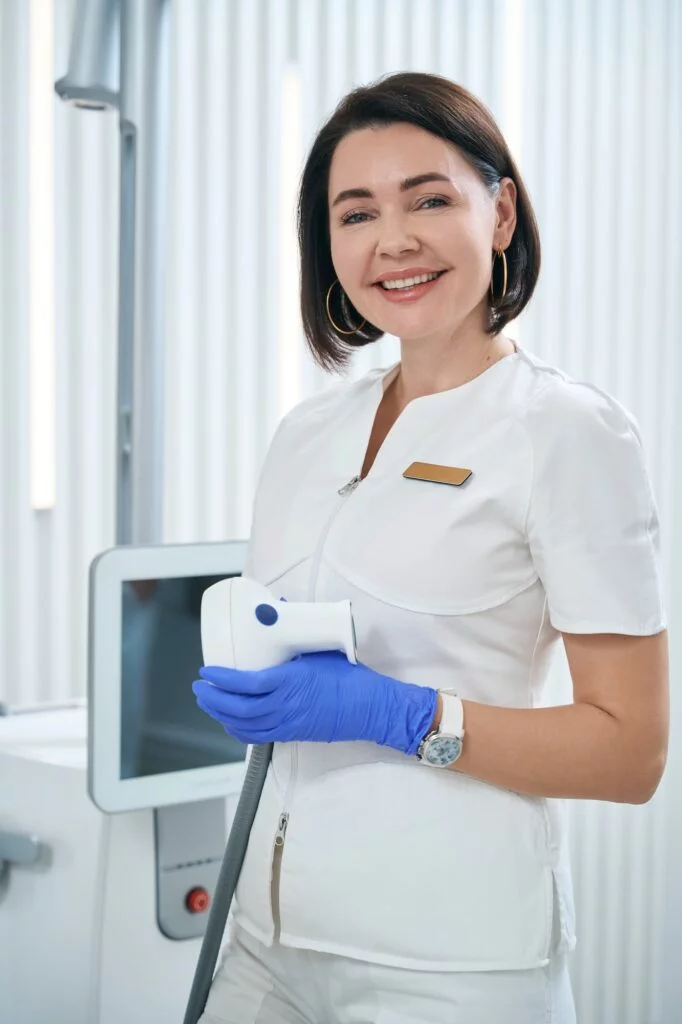Testing for H. pylori should be performed only if the clinician plans to offer treatment for positive results. The indications for testing are outlined in the table below. The test-and-treat strategy for H. pylori is appropriate for patients with dyspepsia who are under the age of 55 and have no ‘alarm features.’ Platelet counts in patients with immune thrombocytopenia may improve after treatment for H. pylori.
Indications for testing for H. pylori:
Active or past history of peptic ulcer disease
MALT lymphoma
After resection for early gastric cancer
First degree relative with gastric cancer
Dyspepsia in patients under the age of 55 without ‘alarm features’
Patients receiving long-term maintenance therapy with PPIs
Prior to long-term treatment with NSAIDs
Immune thrombocytopenia
Unexplained iron deficiency anemia
Unexplained vitamin B-12 deficiency
Deciding which test to use in which situation relies upon whether a patient requires evaluation with upper endoscopy and the strengths, weaknesses, costs and availability of the individual tests.
Recent treatment with antibiotics, bismuth or PPIs can affect test results. Antibiotics and bismuth should be discontinued for at least 4-6 weeks and PPIs at least two weeks prior to testing for H. pylori to reduce the chance of false-negative results. The effect of PPIs is presumably due to suppression of H. pylori. Histamine-2 receptor antagonist (i.e. ranitidine) do not need to be discontinued.
Endoscopy: Endoscopy is NOT indicated solely for establishing H. pylori status. Endoscopy is indicated to further evaluate upper GI symptoms and suspected upper GI blood loss. Gastric biopsies can be obtained to test for H. pylori by histology, a biopsy for urease testing (e.g. CLOtest), or culture.
Serology: Sensitivity and specificity are 90-100% and 76-96%, respectively. Local prevalence of H. pylori affects the positive predictive value. In areas where the prevalence of H. pylori is less than 20% (as in much of the U.S.), a positive result represents active infection about 50% of the time. As the low accuracy of serology would result in inappropriate treatment in significant numbers of patients, serologic testing is not recommended in low prevalence populations. Testing for active infection with stool antigen assay or UBT is recommended in these populations. For patients who were born outside of the U.S. or Western Europe, serological testing is appropriate for the primary diagnosis of H. pylori. Conversion of a positive serology to negative after treatment suggests bacterial cure. However, only about 60% of patients cured will have undetectable antibody titers at 18 months.
Stool Antigen Assay: Sensitivity and specificity are 94% and 86%, respectively. The stool antigen assay is recommended for the primary diagnosis of H. pylori. It is also useful for documenting whether eradication has been successful.
Urea Breath Test (UBT): Sensitivity and specificity are 88-95% and 95-100%, respectively. This is the least readily available of the noninvasive tests.
For more information regarding H.Pylori Testing, contact your gastroenterologist today!



